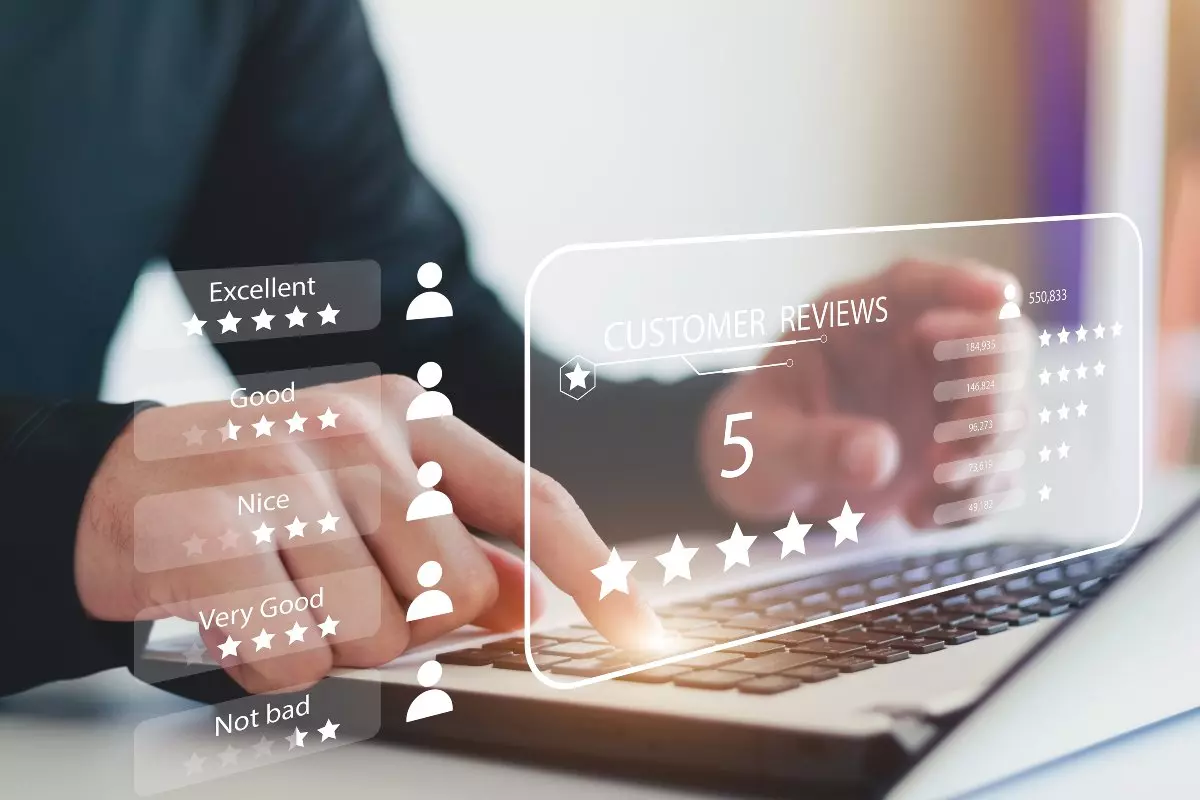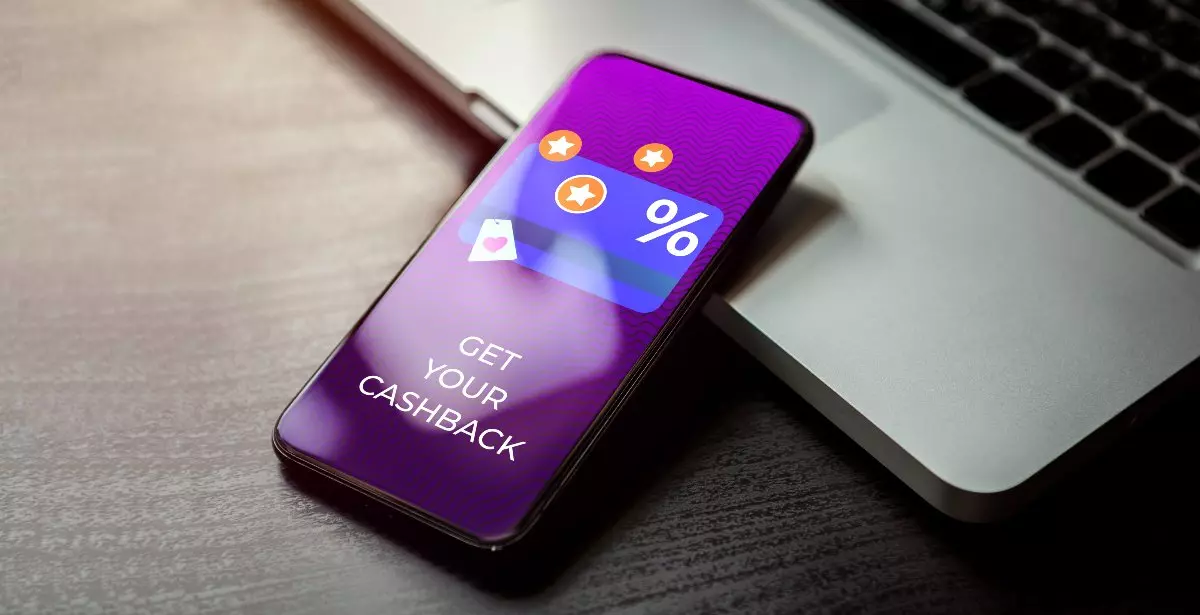Table of Contents
- What is Suggestive Selling?
- Benefits of Successful Suggestive Selling
- 9 Proven Suggestive Selling Techniques for Retailers
- Develop Employee Training Programs
- Greet Customers
- Offer Alternative Financing Options
- Conduct Surveys
- Use Different Pricing Strategies
- Create Displays and Showcases
- Reward Customer Loyalty
- Promote Deals
- Limit Your Recommendations
- Conclusion
Imagine walking into a grocery store, and a highly energetic sales clerk is bombarding you with information about the newest selection of meats and poultry. Little do they know, you are actually vegan. What an awkward and uncomfortable interaction. Is there anything the clerk could have done better in this given situation? Perhaps, but we must give the clerk the benefit of the doubt. At the end of the day, he was just trying to do the job, right?
A pushy sales associate can be very annoying, especially when the information conveyed to you is not relevant. For any business looking to grow, causing irritability amongst its customers is not the most strategic move. Instead, you can promote and inform guests about your products but approach them strategically with techniques like suggestive selling.
What is Suggestive Selling?

Suggestive selling is a sales technique that offers customers personally tailored recommendations in hopes of upselling or cross-selling. For example, clothing retailers may cross-sell by recommending additional accessories to pair with clothing purchases. Likewise, sales associates may upsell more expensive cars by encouraging customers to consider higher-end models and upgrades. Suggestive selling is an effective client-focused sales tactic that seeks to improve sales and customer satisfaction.
Suggestive selling can help accelerate a buyer’s three-stage journey: awareness, consideration, and decision. For customers to make purchase decisions, they must first be aware of the products they are to consider. With the help of employees offering their insight and recommendations, consumers are more likely to make purchases when suggestive selling is executed effectively.
Benefits of Successful Suggestive Selling
Offering too many products at once can be overwhelming, prompting decision fatigue and fewer purchases. The Jam Experiment explores this phenomenon in consumer behavior, showing how participants who were shown more jam options purchased significantly fewer jars of jam. Suggestive selling is an antidote to this paradox by tailoring product recommendations to address or complement customers’ needs. Since the offers are relevant to the buyer, the buyer is more inclined to purchase. The more they buy, the more you make. Ultimately, suggestive selling can increase product exposure, leading to improved sales revenue.
Tactics like suggestive selling can also build a business’ credibility and strengthen consumer relations. Suggestive selling allows retailers to demonstrate their expertise by offering relevant suggestions. For example, an electronic retailer may be able to provide insights into different camera models and equipment, helping customers learn about products they may not realize they need. When customers benefit from an employee’s suggestion, they are more inclined to trust their input in the future. Trust and credibility are established between the two parties, thus strengthening customer loyalty. It is often easier and less costly to retain an existing customer than to attract new ones.
9 Proven Suggestive Selling Techniques for Retailers
So, where would one even start with suggestive selling? Here are some tips to consider:
Develop Employee Training Programs

Employees serve as the face of your business, often working directly with customers. Properly equip your team members with the necessary tools and resources to successfully implement suggestive selling. Grow your employee’s understanding of your products and industry through continuous, interactive training programs. Allow employees to try out products so they may be a reliable resource and offer genuine testimonies.
Train employees on how to intentionally interact with guests, being mindful of each customer’s needs and budget. Employees should be able to differentiate between different types of consumers and tailor conversations to encourage shoppers accordingly. Quality customer service can not only help to improve suggestive selling but also promote a positive brand image.
Greet Customers
Make it a point to greet customers when they arrive. Get to know the customers and ask questions as needed. When appropriate, engage in small talk. Complement an accessory they’re wearing or talk about the weather.
Get creative with your interactions, but don’t be too invasive or bombard the guest with many questions. Instead, ask relevant questions that help you better assist and offer product suggestions. The goal is to acquaint yourself with your guest’s needs and establish trust. Shoppers may be more inclined to take advice from an employee they already know.
Offer Alternative Financing Options
Don’t let customer financing be an obstacle that prevents you from selling more, let alone closing a sale. Implement point-of-sale financing solutions to allow customers to buy now and pay later. Customers can opt for payment plans that best fit their financial situation while your business gets paid promptly.
POS financing is a win-win for the retailer and the consumer as it allows the shopper to obtain the item on the spot while paying in installments. Similarly, the merchant closes the sale and receives financing in full within a few days. POS financing can serve as a strong incentive for customers to initially spend more than they may have anticipated, benefiting suggestive selling.
Conduct Surveys

To effectively cater product suggestions to customers, you must first understand your customers. Learn directly from the sources themselves. Surveys can offer great insight into customer experiences and reveal opportunities for improvement.
Using formats like rating scales and ranking questions may increase response rates. These require minimal effort to answer and provide quantifiable data for your company. You can supplement surveys with coupons and discounts to incentivize customers to complete the survey and purchase more.
Use Different Pricing Strategies
Due to the psychological impact pricing has on consumers, business owners can adjust pricing to produce desirable sales performances. For instance, strategically curating discounts and limited-time promotions create a sense of urgency for customers to buy more. Offering price bundles can also help you sell more products.
Be creative about your pricing policy and how it’s communicated. If you want your customers to buy more watermelons, you may consider pricing one watermelon at $7 and two for $8. Customers will be more inclined to buy two watermelons based on the perceived deal from purchasing an additional watermelon.
In conjunction with different pricing strategies, make suggestions that guide customers towards higher profit purchases. For example, if a customer comes into your store looking for car tires, consider suggesting a few tire options within a specific price range. Sell the customers on the idea that with just a few dollars more, they will be able to reap additional benefits, such as higher quality tires that can last longer.
However, do not deceive customers and sell them false product information in hopes of improving sales. If all products are relatively similar in price and quality, consider creating package deals or cross-bundling products to improve sales.
Create Displays and Showcases
Curate theme-based display setups with a mix of items or related products. Make it easier and more effective for employees to engage in suggestive selling by placing recommended products close to one another. For example, a retailer may create a BBQ display during the summer to include beach towels, charcoal grills, and ingredients for salsa. Such products may not typically be displayed together in a store, but a curated display allows retailers to engage in cross-merchandising organically.
Along with suggestive selling, such setups may target impulsive buyers to spontaneously buy a grill and influence educated buyers to start researching grills. Make the display setups relevant and place them strategically in the store. Consider setting them up close to the checkout lines to take advantage of point-of-sale advertising.
Reward Customer Loyalty

Incentivize your guest to purchase more with loyalty reward programs. Whether you offer customers cashback, discounts, or gifts, reward programs can help retain customers and build customer loyalty. For example, Target’s rewards program offers members exclusive deals and 1% rewards for eligible purchases. As a result, consumers are more open to taking product recommendations and spending more when they know they’ll be rewarded.
Promote Deals
Customers should be informed early on regarding any discounts and promotions taking place. Sales can be communicated through employees, signage, or even newsletters. Be clear about the products that qualify for the deals and encourage consumers to take advantage of the limited-time offers.
Such awareness prompts customers to consider taking advantage of the sales while shopping. In addition, with suggestive selling, employees can help consumers get from the consideration stage to the decision-making stage by offering insights and benefits to different products.
Limit Your Recommendations
Though this may sound counter-intuitive to helping you sell more, studies have shown that people are more likely to purchase something when shown fewer options. For example, it would be much easier for someone to choose between chocolate or vanilla ice cream than picking among 50 different flavors. You do not want to overwhelm your customers with too many recommendations.
Instead, be adaptable to each customer. Evaluate each situation and determine whether it’s an opportunity to upsell or cross-sell with your suggestive selling. Craft your recommendations accordingly.
Let’s say you run a hardware store and an avid landscaper needs a new lawnmower. It may be safe to assume the landscaper is well equipped with tools, so there may be less of an opportunity to cross-sell. By offering two or three model recommendations, you strategically help narrow down the decision-making process for your customers. This will reduce decision fatigue and allow you to upsell to the customer. Combined with a strategic pricing strategy and employee recommendations, the customer may be incentivized to opt for the more expensive model.
Conclusion
Though this can often be perceived to primarily benefit retailers, suggestive selling also helps consumers save time and money. Consumers benefit from the insight of those most well-versed in the products they need. Suggestive selling helps cut down research time and frequent commutes to the stores. Additionally, reward programs offer great benefits for loyal customers. Finally, suggestive selling helps stores make money and keep clients happy. It’s a win-win situation for all.
Table of Contents
- What is Suggestive Selling?
- Benefits of Successful Suggestive Selling
- 9 Proven Suggestive Selling Techniques for Retailers
- Develop Employee Training Programs
- Greet Customers
- Offer Alternative Financing Options
- Conduct Surveys
- Use Different Pricing Strategies
- Create Displays and Showcases
- Reward Customer Loyalty
- Promote Deals
- Limit Your Recommendations
- Conclusion


